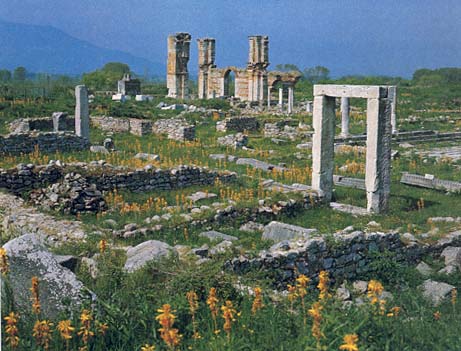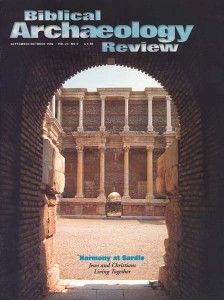Philippi, Greece
200 miles north of Athens

History
The site of Paul’s first European sermon, Philippi had earlier been conquered in 356 B.C. by the father of Alexander the Great, Philip II, who wanted to control the region’s gold mines. Philip settled the site with his native Macedonians and gave the town (then known as Krenides, or “springs”) his own name. Today, Philippi contains Hellenistic remains from the period of Philip’s reign and thereafter, including fortifications, an acropolis and a theater.
In Roman times, Philippi sat on the Via Egnatia, the main artery from Rome to the east. In 42 B.C., Mark Antony and Octavian defeated Brutus and Cassius at the Battle of Philippi, avenging Julius Caesar’s assassination two years earlier. Antony then established a Roman colony at the site. The Roman town had a central agora, a forum, an elaborate bath complex with mosaic floors (no longer extant) and temples to pagan gods such as Hercules and Liber Pater (the Roman equivalent of the Greek god Dionysos). Inscriptions from Philippi show that women played predominant roles in devotional ceremonies at many of Philippi’s temples.
Already a library member? Log in here.
Institution user? Log in with your IP address.

